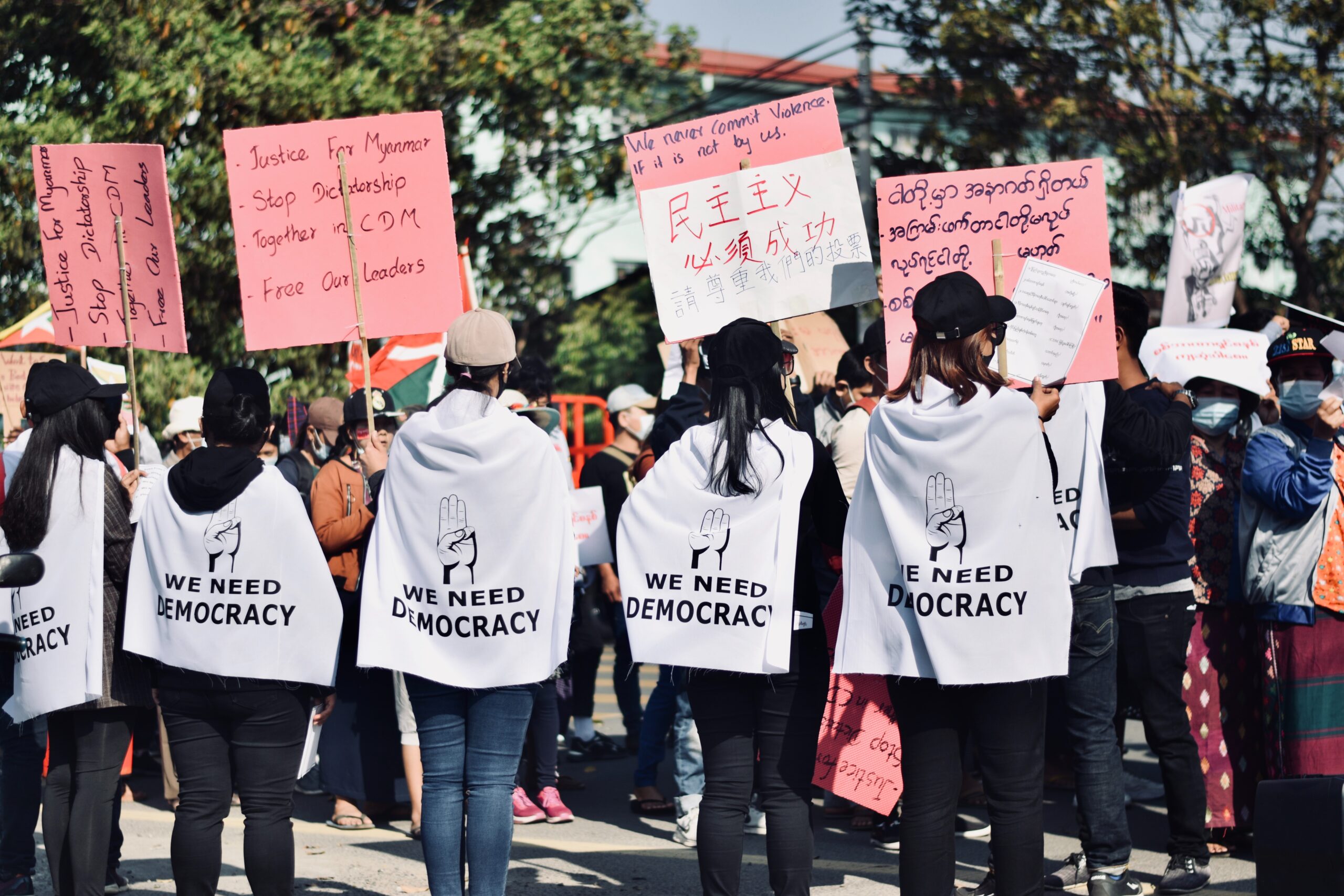As widespread anti-government protests resume, experts raise concerns about the impact of “green” mineral extraction in southern Peru.
Washington, D.C. and Lima, Peru, July 20, 2023.— Today, the organizations EarthRights International and Human Rights and Environment (DHUMA) unveiled new research revealing that the rush to cultivate clean energy sources poses threats to the environment, health, culture, and right to self-determination of Indigenous communities in South America. The Face of Lithium and Uranium in Puno shows that the region of Puno, Peru is particularly vulnerable, with two large-scale lithium and uranium projects proposed by the Canadian company American Lithium through its subsidiaries Plateau Energy and Macusani Yellowcake S.A.C.
Demand for clean, sustainable energy solutions–particularly for electric vehicles–has skyrocketed in China, South Korea, Japan, Russia, and the U.S in response to the climate crisis, causing a sharp increase in the mining of minerals such as lithium, cobalt, and uranium. Experts predict that 3-4 million metric tons of lithium will be needed to meet global demand by 2030 (above the current level of 500,000 metric tons.) Some 59 new lithium mines will need to be opened in the next decade to meet current demand beyond the two dozen that are currently operating globally.
Peru is a new and potentially significant player in the lithium market. in 2018, the press reported the discovery of 2.5 million tons of high-grade lithium resources and 124 million pounds of uranium in the Puno region, near the Lithium Triangle” in northern Chile, Bolivia, and Argentina. Subsequently, a preliminary technical-economic report completed in 2020 estimated the indicated lithium resources at 60.92 million tons and the inferred lithium resources at 260.07 million tons. Puno has also been the focal point for anti-government protests that broke out in early 2023 and were violently repressed by the Peruvian military and Peru police forces. Human rights organizations estimate that 49 people were killed by police. Protests resumed yesterday across the country.
One of the poorest areas of Peru, 40 percent of Puno’s 1.4 million residents live in poverty, according to government estimates. Protestors expressed frustration that the benefits of Peru’s mining-based economy have not trickled down to Puno and other poor rural areas of the country, where most mining activity takes place. Their frustration boiled over following the jailing of Peruvian president Pedro Castillo, who was taken into custody following an attempt to shut down Peru’s congress. Castillo, who hails from the mining province of Cajamarca in northern Peru, was seen as voicing the concerns of poor rural communities.
“Communities in Puno have expressed concern that they will lose out yet again from the benefits produced by lithium mining—the next wave of resource extraction driven by the green energy transition,” said EarthRights Director of Strategy and Campaigns Keith Slack. “But mining lithium and uranium has severe environmental and human rights consequences, particularly for Indigenous communities. Transitioning to clean energy is critical for our planet’s future, but in doing so, we cannot repeat the mistakes of the fossil fuel era.”
The Peruvian government began liberalizing mining sector investment in the 1990s. Canadian mining companies have played a key role in Peru’s mining sector, investing $8 billion in mining projects in 2021, fifteen percent of investment in new mining operations in the country. They have also been the focus of protests and violence, including the Tambogrande Project in the northern province of Piura, which became a global symbol of mining resistance. Peru’s lithium concessions are being developed by Vancouver-based American Lithium, which also has operations in Nevada.
Despite opposition from tribal leaders, the U.S. government is dramatically increasing investment in the critical minerals sector, including lithium. Under new legislation, the U.S. will invest $135 billion in critical minerals sourcing and production. The U.S. government has also worked to “friendshore” supplies of critical minerals in allied countries, such as Peru, and away from China.
Contacts:
Kate Fried (English Language)
EarthRights Communications Director
kate.fried@earthrights.org
Rosa Luz Arista Zerga (Spanish Language)
EarthRights Communications Coordinator
rosa@earthrights.org
Valeria Cajia
DHUMA Communications Coordinator
valcajia@gmail.com






